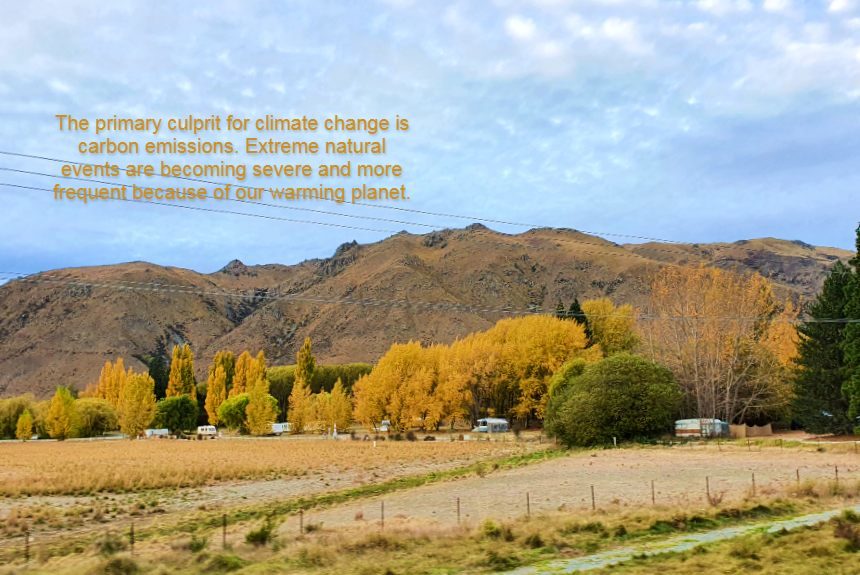The answer might surprise you. You would naturally pit vast pasture lands against rows of high-rise apartments or fewer population than crowded city streets.
Even though city-dwellers may not see a starry night for a long time, rural residents still emit more carbon emissions than their slick city counterparts.
The BBC article agrees. When carbon emissions are compared between residents of rural and urban areas, the former appear to have a higher carbon footprint.
The European Commission also compares the per capita emissions of major economies. The US has the highest at 15.7 tonnes per person, followed by China at 7.7 tonnes and the UK at 5.7 tonnes.
Why is carbon emission per resident higher in rural areas?
Although the difference is modest, according to the article, the difference is due to the following reasons:
Homes in large towns or apartments in cities tend to be smaller and denser, thus easier to heat. People in cities drive short distances to work or may even commute to work, but residents in rural areas tend to drive long distances for work or leisure.
Lastly, economic activities in bigger towns and cities are more service-oriented, while manufacturing plants are common in rural areas, which tend to be carbon-intensive.
Air quality in cities
Urban areas tend to decarbonize faster by moving plants to rural areas while creating highly skilled and service-oriented jobs in the city.
However, cities should not be judged or praised solely by their CO2 emissions or decarbonization efforts but also by their air quality. Poor air quality is a significant problem in most cities and urban areas.
For example, 32% of nitrogen oxide comes from road transportation and is linked to respiratory diseases, heart diseases, and lung cancer.
Exhaust fumes trapped between skyscrapers can also cause nitrogen oxide to build up, leading to poor air quality.
Practical Steps you can take to reduce your carbon footprint
The primary culprit for climate change is carbon emissions. Extreme natural events are becoming severe and more frequent because of our warming planet.
Every major environmental group, advocacy group, climate scientist, and the United Nations are urging economies to reduce their CO2 emissions to prevent the worst effects of climate change.
However, reducing carbon emissions should be everyone’s responsibility, and if we do our part, our collective efforts can make a huge difference.
Hall (2015) lists some of the practical things we can do regularly to reduce our carbon footprint:
- Avoid travelling via aeroplanes as much as possible, but ride more trains, especially on electrified lines.
- Eat less beef because cows produce a lot of methane. If we collectively consume less meat, it will affect the demand side. Instead, eat more chicken or canned tuna.
- Do your composting, starting with your food scraps. Bury them in your garden or backyard. Doing so will save your food waste from going into landfills, a significant source of methane. Burying your food scraps will also enhance your soil’s quality and health, benefitting your plants and veggies.
- Share spaces. Crowding into a subway train or living in a larger multiple-unit apartment insulated from top to bottom and side to side emits lesser carbon dioxide than driving your car or living in a separate or smaller building.
- Consume less from clothes, furnishings, and electronic gadgets. Be a minimalist.
- Plant a tree. Trees release oxygen and capture carbon dioxide for their entire life.
Carbon Offsets to Alleviate Poverty also has some great suggestions to offset your personal contribution to climate change, from driving practices to air travel, home energy, and food.
Source Citation:
Swinney, P. (2019, December 16). Are cities bad for the environment? BBC. Retrieved from https://www.bbc.com/news/science-environment-49639003
Hall, A. (2015, December 10). Urban Vs. Rural: Who Has a Smaller Carbon Footprint? The Experiment. Retrieved from https://www.wnycstudios.org/podcasts/takeaway/segments/urban-versus-rural-carbon-emissions



Leave a Reply